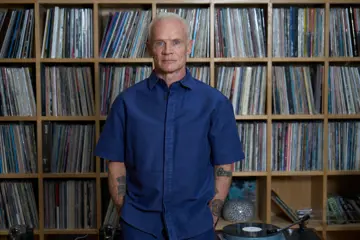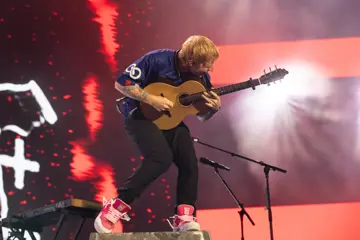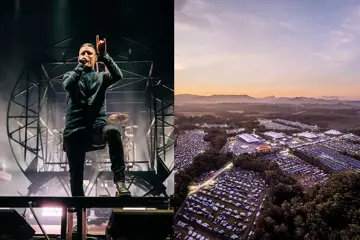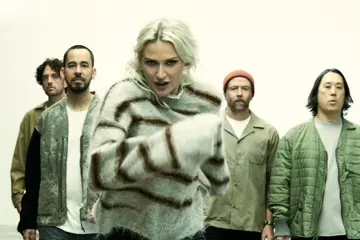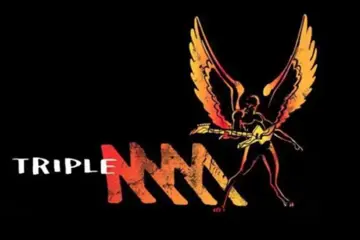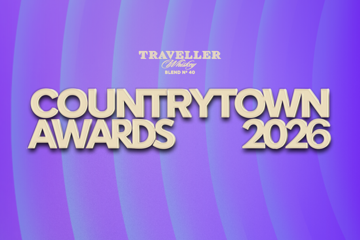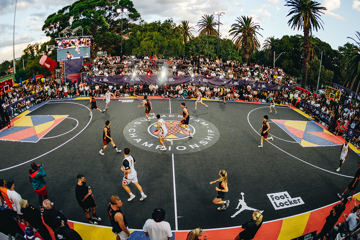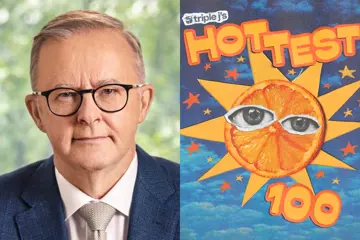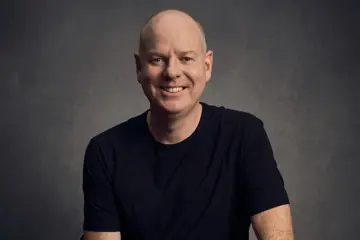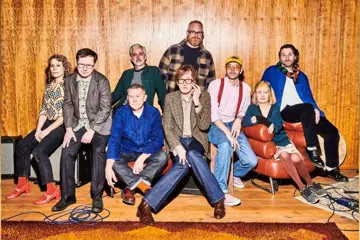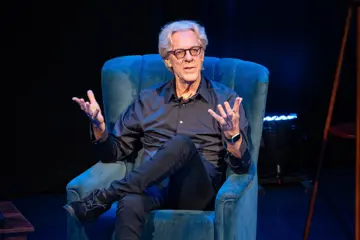The commercial radio industry has hit back hard at a push by the recorded music industry to increase its fees for playing music.
In July, the Australian Recording Industry Association (ARIA) and Phonographic Performance Company of Australia (PPCA), on behalf of recording artists and labels, called for a change to the Copyright Act 1968 to remove a contentious one per cap on what 260 commercial radio stations would pay.
The Amendment Bill, called Fair Pay For Radio Play, will remove those restrictions that limit the Copyright Tribunal in determining the rate payable to rights holders in sound recordings.
“No one argues that Australian musicians should not be paid for their talent and hard work,” said Ford Ennals, CEO of Commercial Radio & Audio (CRA), the sector’s main trade body. “But commercial radio is already paying a full and fair amount of around $40 million a year in music fees and is a vital promotional platform for Australian artists.”
He added: “It would be unfair to force radio stations pay more to play the Australian music they are legally required to play. Doing so would it threaten the sustainability of local radio stations, and the Australian music industry would suffer as a result.”
The Cap
Don't miss a beat with our FREE daily newsletter
The rate for sound recordings is 0.4 percent. The ABC pays $0.005 multiplied by the total population of Australia. There is no cap for songwriter royalties, and commercial radio pays a rate of 3.76 percent to the Australasian Performing Rights Association (APRA).
The one percent of advertising revenue cap was introduced in 1968 (and put in place a year after) when radio convinced the Liberal Government of the day that it would be too costly if it was expected to keep up with the legislated 25 percent quota of Australian music. Pleas that the entire radio industry could collapse were made. The cap has been a bone of contention between radio and the recording industry since, and parliamentary inquiries in 1995, 2000 and 2013 recommended it go.
In 2006, Attorney-General Philip Ruddock (of the John Howard Government) actually stated that the cap’s repeal had been approved as part of a piece of legislation... but that legislation had not gone ahead.
The PPCA Argument
When ACT independent senator David Pocock introduced the bill for debate in Parliament in winter, he told his colleagues that what radio paid in total was less than what it remunerated some of its stars (This week, Kyle and Jackie O signed a new contract reportedly worth more than $200 million). The ABC’s annual travel budget in the last financial year was more than the $125,000 it paid out, he added.
Singer-songwriter Josh Pyke stood by him to voice that the cap “makes us mentally feel neglected and unappreciated as artists” and that it was “an archaic piece of legislation that really doesn’t apply to 2023.”
Adam Hyde of Peking Duk weighed in, “The issue is an outdated limit set by government over 50 years ago. Times have changed a lot and it is so important to get this right for all recording artists to be fairly paid for their music.”
The PPCA’s proposal was accompanied by al letter of support from over 500 acts including Amy Shark, Dom Dolla, Daryl Braithwaite, Gang Of Youths, Hoodoo Gurus and Tones And I.
PPCA Numbers
The PPCA maintained that of the $1 billion that commercial radio earns from ad revenue, it pays only $4.4 million in fees for the use of sound recordings – which just ten to 27 percent of the commercial rates paid elsewhere in the world. ARIA and PPCA CEO Annabelle Herd commented, “While this cap exists, Australian recording artists vying to achieve the same level of success, in the most saturated market we have ever seen, are severely disadvantaged.
“Legislation should not restrict the value of a sound recording, particularly when it puts our local recording artists at a disadvantage in their home market. We are not asking to dictate unreasonable fees; we are simply asking for the right to fairly negotiate a correct rate recognising the work of recording artists.”
The PPCA’s stance is that research from the London-based International Federation of the Phonographic Industry (IFPI) showed that 63 percent of consumers wouldn’t listen to the radio without music, and that the CRA’s own Connecting Communities: The Economic And Social Contribution Of Commercial Radio And Audio In Australia report acknowledged that 85 percent of listeners considered music as one of their biggest consumptions.
Herd complained, “Currently recording artists are subsidising a billion dollar industry while many struggle to achieve sustainable careers themselves. In a nation that prides itself on giving everyone a fair go, recording artists deserve fair pay.”
The 2023 stoush has been the most bitter. In the CRA’s submission to the Senate inquiry, it maintained extra royalties would not go directly to the artists, and that it was something Parliament should investigate.
“Why should stations be forced to pay more when multinational music giants worth more than 40 times the Australian radio industry refuse to hand over the full amount to their artists?” Ennals asked.
Furthering its attack, the radio body told politicians, “If any action needs to be taken right now, it is scrutiny of how much of PPCA’s money is making its way to Australian artists. If the record industry is serious about helping artists, paying more directly to artists must be its first step – and would have a greater impact than an increase in the rate applicable to radio.
“For example:the total revenue received by PPCA from all sources (not just commercial radio) for the FY 21/22 was $47.2 million. Clearly, reform aimed at achieving a fair distribution of fees across multiple industries has the potential substantially to improve the amounts payable to Australian artists. If PPCA increases its current distribution to artists by ten percentage points across all industries, this would generate $4.7 million in additional payments for artists. Distributing an extra 20 percentage points would generate an additional $9.4 million and so on.
“Similarly, a reduction of PPCA’s administration fees from the current 16 percentage points to a more reasonable 5 percentage points will generate an additional $5.2 million for artists at no cost to any industry (assuming that the entire saving is directly distributed to artists).
You Can Leave Your Cap On
Emphasising why the cap should stay, the CRA argued, “(It) creates fairness by balancing the Australian music quotas Without the cap, the record industry could charge whatever it likes for music that the Australian music quotas force the industry to buy. If the cap goes, the Australian music quotas must also go.”
It added: “Removing the one percent cap will not help artists. It diminishes a key promotional platform for music. “If the cap goes, the Australian music quotas must go, to the detriment of Australian artists, songwriters and composers. The bulk – around 90 percent – of the fees collected by PPCA go to the multinational record labels and not to artists. None of the fees go to session musicians, as PPCA chooses not to distribute to them. This is at odds with international best practice.”
It warned if the PPCA increased its rate by 900 percent: “Making music more expensive is likely to force format changes so that stations play less Australian music. There is a better way to achieve the objectives of the Bill without harming the viability of radio stations around the country.”
The CRA also cautioned what was possibly at stake: its $1 billion a year to the GDP, the $320 million to regional Australia, and the 1.1 million hours of local content, across broadcast, streaming and podcasts. It plays 160,000 hours of Australian music, or 2.7 million Australian songs – “providing an unrivalled platform for the promotion of Australian musicians.”

